On 7 July, Christie’s London will offer Peter Paul Rubens’s epic Lot and his Daughters, exactly 14 years after the artist’s Massacre of the Innocents soared way over estimate to sell at Sotheby’s London for £49.5m and become one of the most expensive Old Master paintings ever sold at auction. That panel, painted around 1611–12, had come to the block with an estimate of £4m–£6m and the fierce competition it inspired among both museum curators and private collectors – it finally sold to Lord Thomson of Fleet, outgunning the Getty – astounded us all. It was not that anyone doubted that this was a great painting; if anything, it was too good.
The problem lay in its harrowing subject matter; St Matthew’s account of the infanticide ordered by King Herod was reimagined by Rubens with unparalleled physicality and savagery. Babies are ripped from their mothers’ arms and smashed into columns, heroic women sink their nails into the flesh of their aggressors or use their bodies as feeble barriers, biting fingers as their faces are forced backwards as leverage to allow the soldiers to sink their swords. Trampled underfoot are the infant corpses, pearly pink or grey. One might have thought it not the thing for the lily-livered, child-worshipping 21st century. Not a bit of it. In the flesh – in every sense – the painting was compelling and utterly mesmerising precisely because it seduced and repulsed in equal measure. The beauty and technical brilliance of the painting was breathtaking, our response to it disconcerting and unsettling.
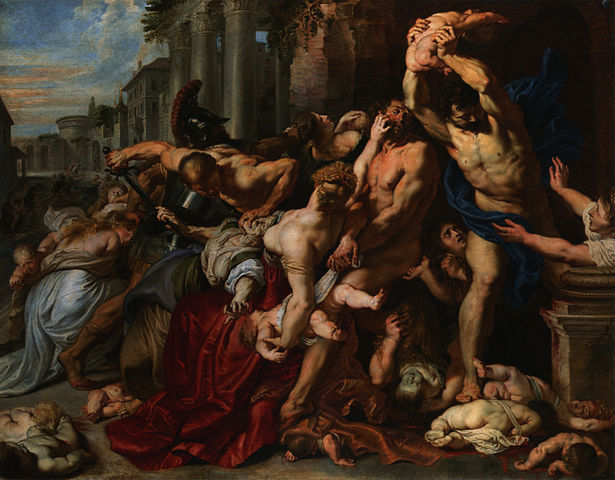
The Massacre of the Innocents (1611–12), Peter Paul Rubens
There is a point to this digression, for Lot and his Daughters has much in common with the Massacre. Both were executed after the artist’s triumphant return to Antwerp following eight years in Italy, and the slightly later and larger Lot, dated around 1613–14, similarly exults in the artist’s new-found mastery of monumental form and Baroque drama. It also offers a subject similarly challenging to the modern viewer. In this Old Testament story, Lot is left in a remote cave with his two daughters after they have fled the immoral city of Sodom, burning in the distance. In order to preserve the seed of their father, the girls plot to encourage him to drink wine and then lay with them. Both were impregnated. Christ is said to have descended from Moab, the older daughter’s son.
Rubens treats this morally complex subject with consummate subtlety. The slumped Lot is evidently drunk and beyond reasoning, his naked daughter somewhat abashed, yet both are allowed their dignity. Indeed, Lot is given the monumental form of Michelangelo’s Leda and the head of the famous Roman marble of the Drunken Silenus. His sin is inebriation rather than incest. Similarly, his daughter’s modesty is suggested by a pose part classical Crouching Venus and part Penitent Magdalene. The sly expression of the clothed daughter, however, allows for a misogynistic moralising allusion to the dangers of succumbing to the trickery of women.
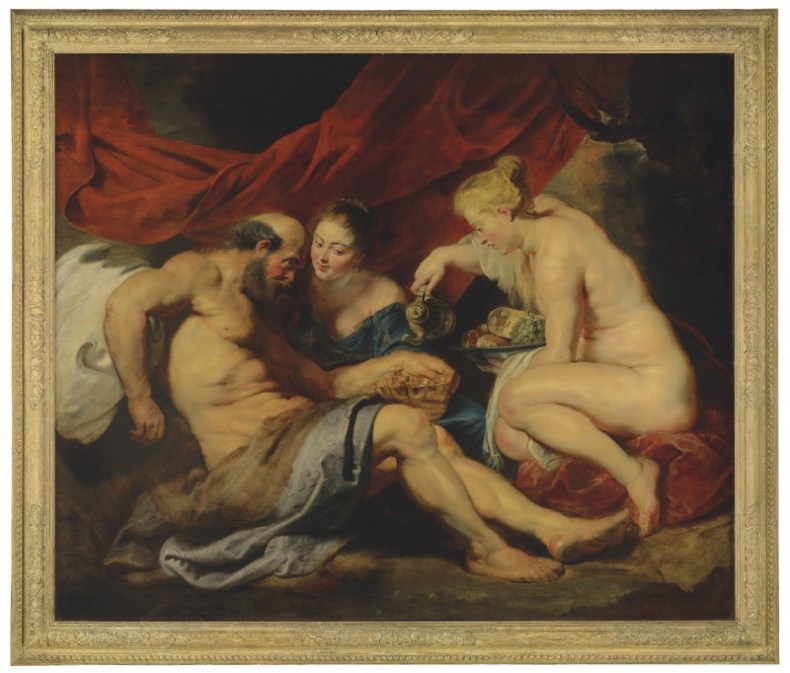
Lot and his Daughters (1613–14), Peter Paul Rubens
It is hard to imagine that any putative buyers these days would baulk at the prospect of engaging with this subject. In fact, they are likely to relish it – as they would be disposed to relish these virtuoso expanses of flesh. In the age of Lucian Freud’s ‘Fat Sue’, Rubens’s long reviled mighty nubile women seem positively svelte. Freud’s Benefits Supervisor Sleeping (1995) changed hands for $35.8m (£17.2m): Lot and his Daughters is expected to fetch ‘in excess of £20m’.
In 1980, the National Gallery in London acquired its 1609–10 Samson and Delilah for £2.5m – astonishingly, the second highest amount paid for any painting at auction at the time. In 2002, the Massacre fetched the third highest price ever paid. Contributing to its success was the fact that it was a rediscovery – a long-lost picture which, like the Samson, had belonged to the Princes of Liechtenstein. Lot, while well known in the literature of the artist, has not been seen in public for over a century, and Christie’s is making much of its gift to the soldier Duke of Marlborough from a grateful Emperor Joseph I. It was purchased before the great Blenheim sale of 1886 by the French entrepreneur Baron Maurice de Hirsch de Gereuth whose family twice failed to find a buyer for the painting in the early years of the 20th century. It is unlikely to fail again.
Lot and his Daughters will lead the Old Master & British Paintings evening sale at Christie’s, London, on 7 July.
Unlimited access from just $16 every 3 months
Subscribe to get unlimited and exclusive access to the top art stories, interviews and exhibition reviews.

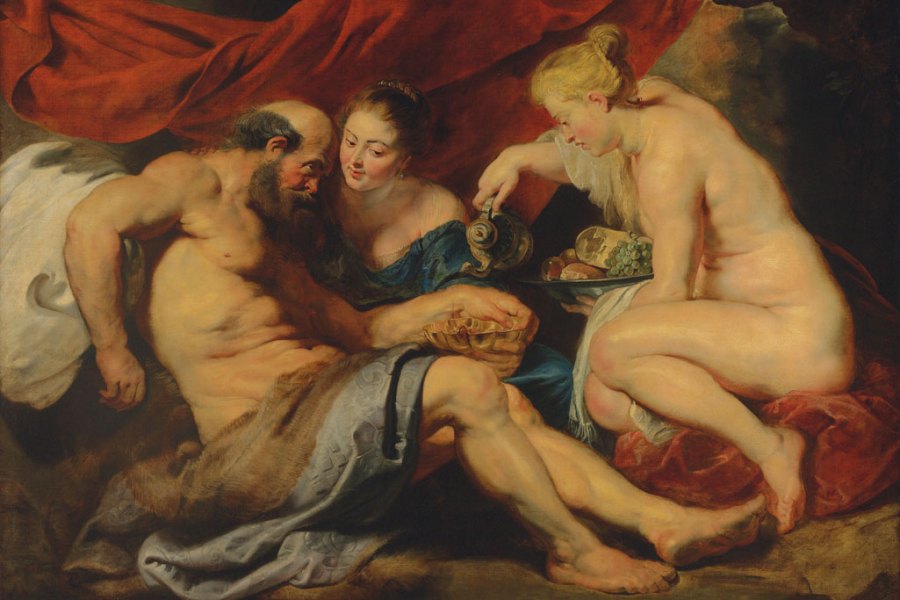
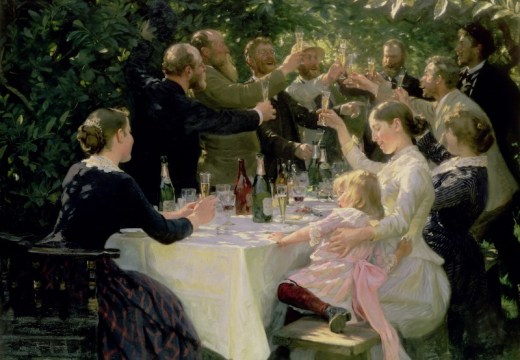
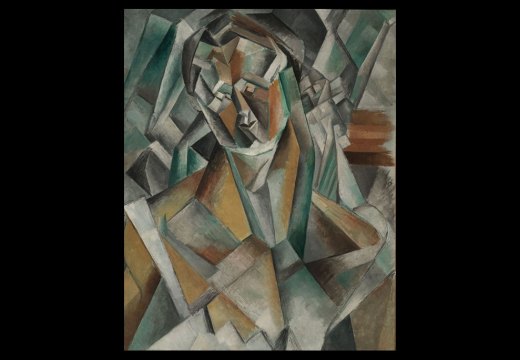
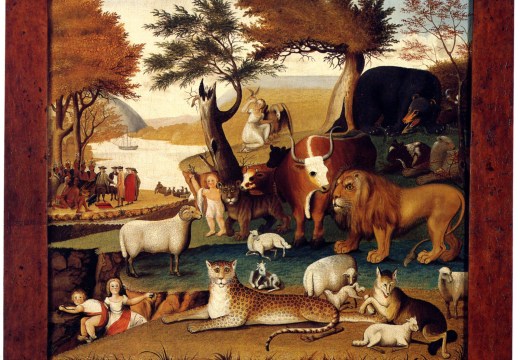









![Masterpiece [Re]discovery 2022. Photo: Ben Fisher Photography, courtesy of Masterpiece London](http://www.apollo-magazine.com/wp-content/uploads/2022/07/MPL2022_4263.jpg)
It’s time for the government of London to return to its rightful home